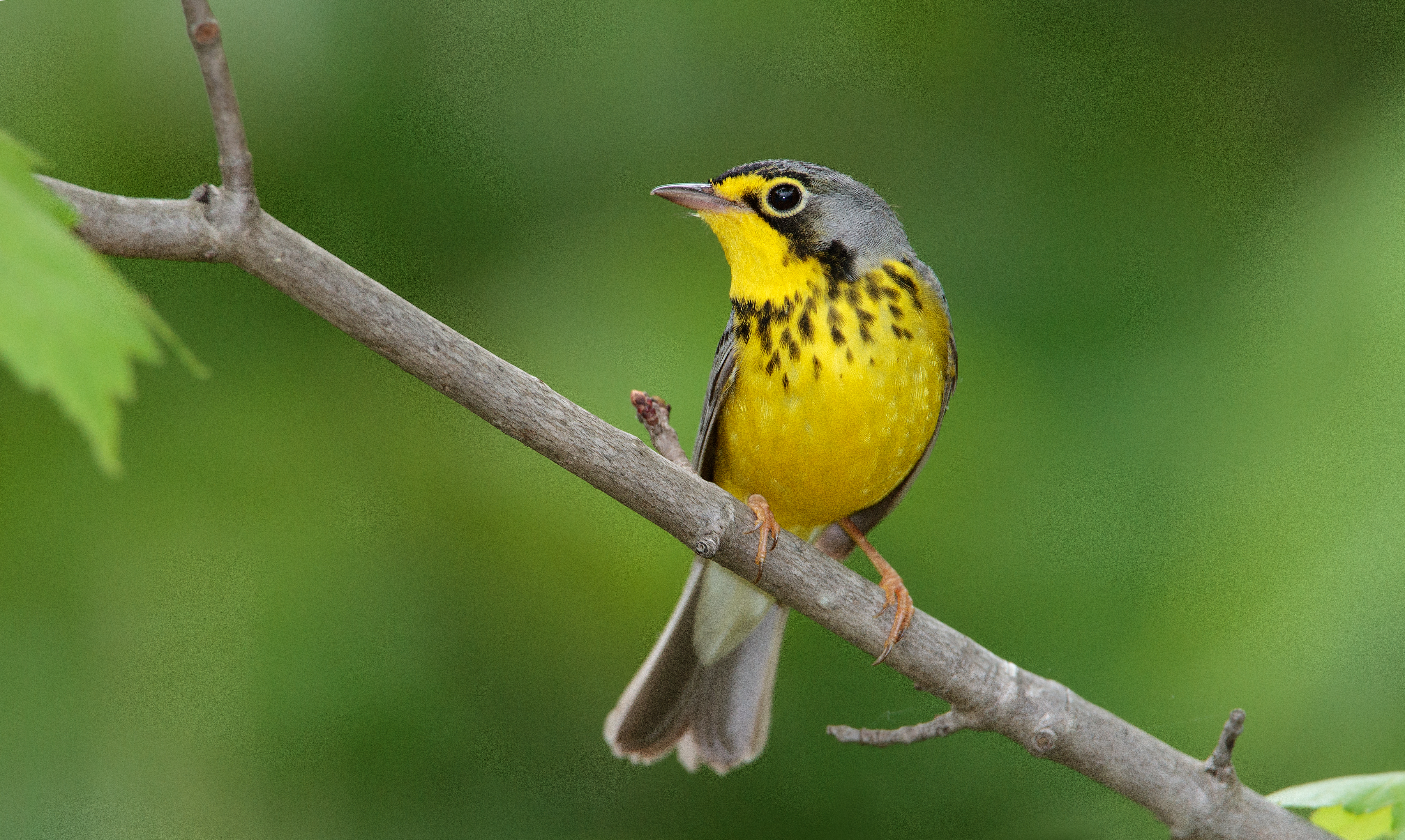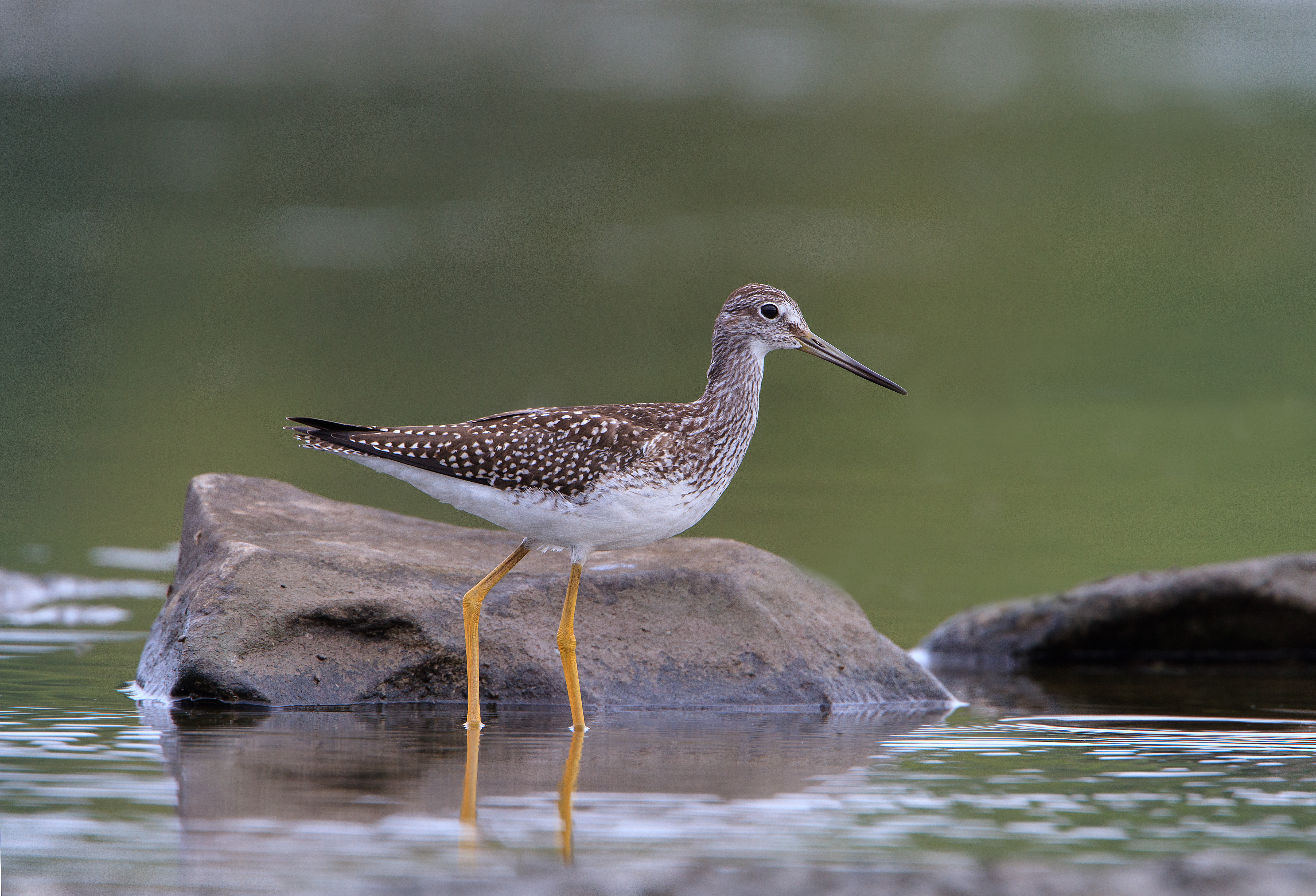64% of Canada Warblers breed in the Boreal Forest.
Credit: Jeff Nadler
The 2016 State of the Birds report—the most comprehensive overview of bird populations and health in North America—was released today. One doesn’t need to dig far into the report to infer that birds on the whole are struggling and in need of help.
Of the 1,154 bird species native to the continental U.S., Canada, and Mexico, 37% are included on the Watch List—species considered most at risk of extinction without significant action. Without further effort, even more species may find themselves in similarly unfavorable positions in decades to come.
However, the report does provide some silver lining and cause for hope.
First, the report emphasizes that cooperation on bird conservation does in fact work. Between the Migratory Bird Treaty, which is celebrating its centennial this year, and the North American Waterfowl Management Plan, many species that were once pushed to the brink have rebounded and are faring better today than they were in decades of the past. The spirit of these successful initiatives must be leveraged now and into the future if we wish to maintain the amazing birdlife our continent has been blessed with for generations to come.
Second, the report identifies the Boreal Forest—dubbed North America’s bird nursery due to its prominence as breeding grounds for hundreds of migratory species—as a particular region of hope. Of the major habitat types surveyed in the report, birds from the Boreal Forest appear to be faring better than their counterparts elsewhere across the continent.
94% of Lesser Yellowlegs breed in the Boreal Forest.
Credit: Jeff Nadler
The report identifies the forest’s high levels of intactness as being especially beneficial to the birds that nest throughout the Boreal. Around 80% of it still remains highly intact and free of industrial disturbance to this day. It also singles out the provinces of Ontario and Quebec for their plans to protect at least half of their northern Boreal regions as promising for the birds of our future. Although these plans will likely take years to implement and must be done in a responsible way, they have the potential to protect the habitat for hundreds of millions of migratory birds if done correctly. There are also very inspiring conservation efforts being led by Indigenous communities and governments across the Boreal that are leading to millions of additional acres of forest forever spared from the plight of large-scale development and conversion that we see so often elsewhere in the world.
Although the Boreal Forest in general provides good cause for optimism, we must be careful as to not assume we can largely turn our efforts elsewhere. Much of the Boreal remains unprotected to date. Additionally, the report emphasizes the need to expand protected areas within the southern portion of the forest—a region that has witnessed higher levels of development and makes up much of the preferred habitat for some of North America’s most heavily declining migratory songbirds. Many southern Boreal-breeders like the Canada Warbler, Evening Grosbeak, and others have declined by as much as 80% since the 1960s.
This report provides a unique mix of concern and hope. Let us use this as an opening to double-down on our cooperation as nations to better conserve the birds facing most concern, but also to build on successes in areas like the Boreal Forest that provide rare opportunities for large-scale habitat protection.



